Faced with this requirement, many provinces and cities have proactively applied low-emission agricultural production models, especially with rice, initially bringing about clear economic and environmental effects.
Currently, low-emission rice cultivation with the techniques of "1 must, 5 reductions", "3 reductions, 3 increases", alternating flooding and drying, and reasonable fertilization has helped many localities reduce 10-20% of seeds, 15-30% of fertilizers, 20-25% of irrigation water, while increasing productivity, improving quality, and bringing higher profits of 3-5 million VND/ha per crop.
Hanoi is also catching up with the trend of green production and emission reduction by applying the organic rice cultivation model (SRI) on an area of about 50 hectares in the communes of Tien Thang and Yen Lang; the rice cultivation model to reduce greenhouse gas emissions associated with carbon credits in the communes of Ung Hoa, Van Dinh, Phu Xuyen, etc. In particular, when implementing the internationally certified model, Hanoi farmers can sell carbon credits at a price of 50-60 USD/ton of CO₂.
The dual benefits are clear: Reducing production costs, increasing income for farmers; at the same time protecting the environment, contributing to responding to climate change.
Based on that reality, in April 2024, the Ministry of Agriculture and Environment implemented the Project on crop production to reduce emissions for the period 2025-2035, aiming to reduce at least 10% of the industry's total greenhouse gas emissions compared to 2020. This is a strategic orientation, requiring the synchronous participation of localities, enterprises, cooperatives and farmers.
To successfully implement the project, it is necessary to synchronize groups of solutions. First of all, ministries, branches and localities need to issue and implement specific financial and technical support mechanisms, support for seeds, materials, technology, and training in field management skills for farmers; encourage the application of digital technology and environmental sensors, optimize the amount of water, fertilizers and pesticides; promote carbon credit programs in agriculture, support farmers and cooperatives to access this market, and create new sources of income from emission reduction.
At the same time, it is necessary to promote the construction of value chain linkage models between farmers - cooperatives - processing and consumption enterprises, commit to purchasing products at stable prices, and prioritize agricultural products that meet low emission standards into modern distribution channels and exports. This is not only an economic solution but also a motivation for farmers to confidently change their farming practices, towards sustainable production.
At the macro level, research institutes, universities, and technology enterprises need to promote research on new varieties that are drought- and salinity-resistant, suitable for the requirements of emission-reducing cultivation; develop water-saving irrigation equipment, organic bio-fertilizers, and apply artificial intelligence in weather forecasting and crop management, thereby providing farmers with comprehensive solutions instead of supporting each individual step. More importantly, authorities at all levels need to consider this a long-term task, linking the emission reduction targets of the agricultural sector with the annual socio-economic development plan.
Low-emission agricultural production is not only a solution to respond to climate change, but also a strategy to elevate Vietnamese agriculture towards modernity, responsibility, deep integration and sustainability. The dual economic and environmental benefits have been proven, the remaining question is whether we have enough determination to bring the model to the masses or not? The answer depends on the actions of each locality, each industry, farmers and the support of the whole society...
Source: https://hanoimoi.vn/loi-ich-kep-ve-kinh-te-va-moi-truong-712674.html




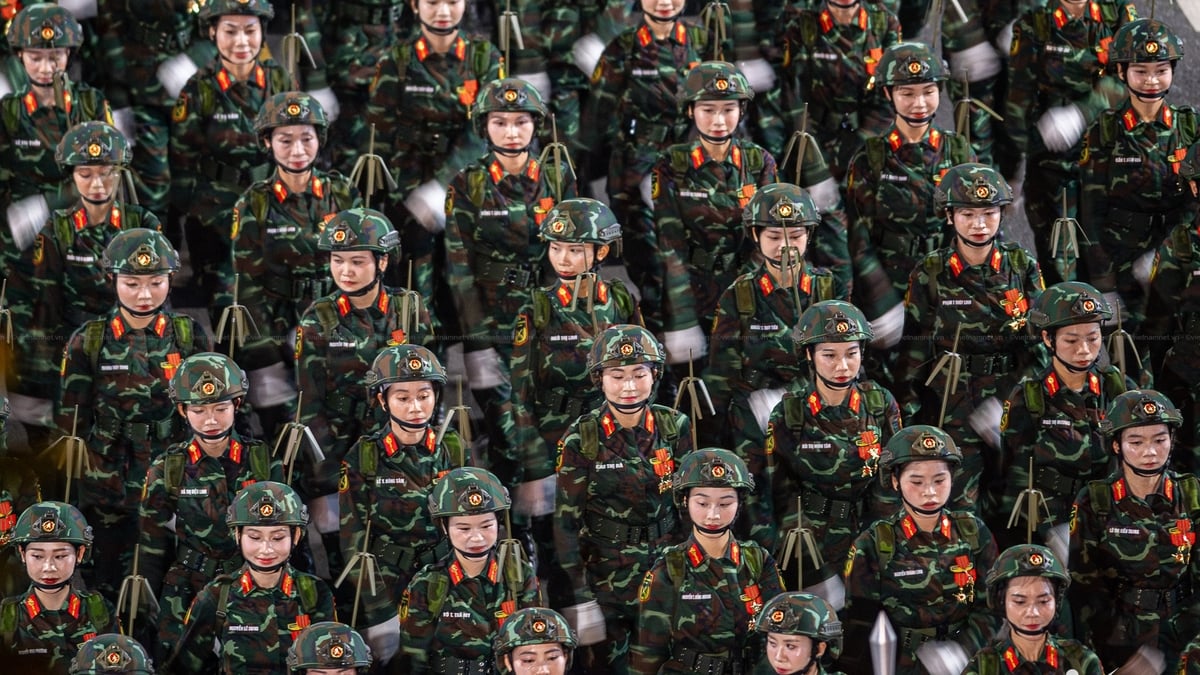
![[Photo] General Secretary To Lam attends the 80th anniversary of Vietnam's diplomacy](https://vphoto.vietnam.vn/thumb/1200x675/vietnam/resource/IMAGE/2025/8/25/3dc715efdbf74937b6fe8072bac5cb30)
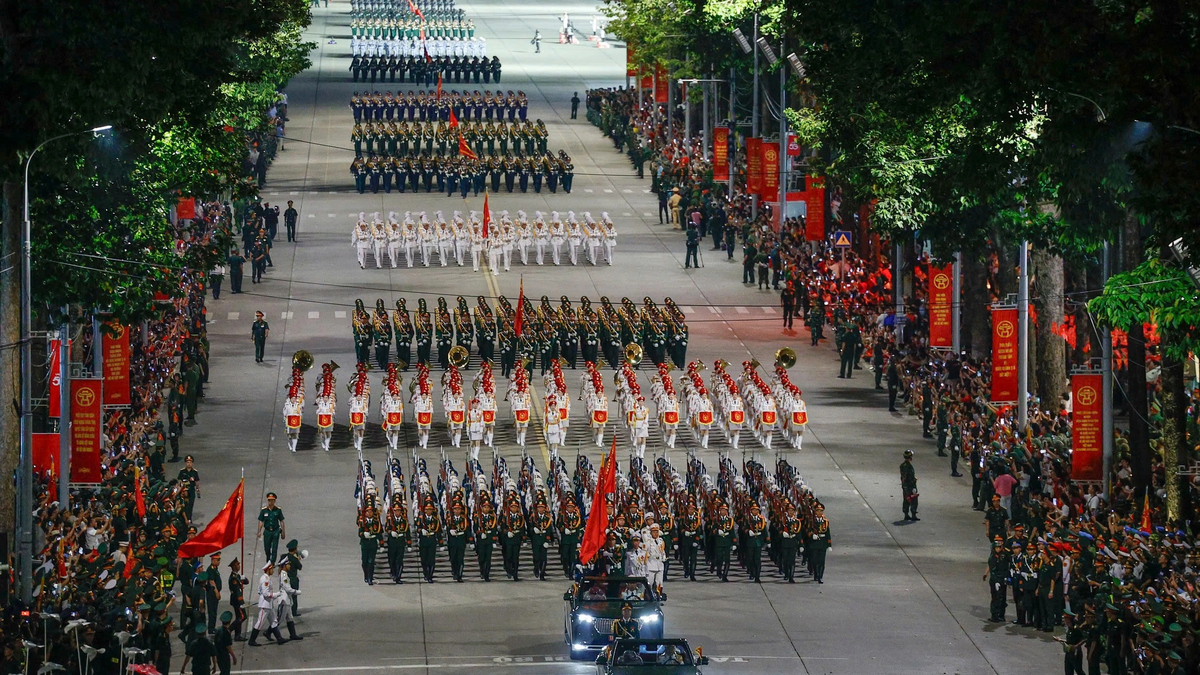
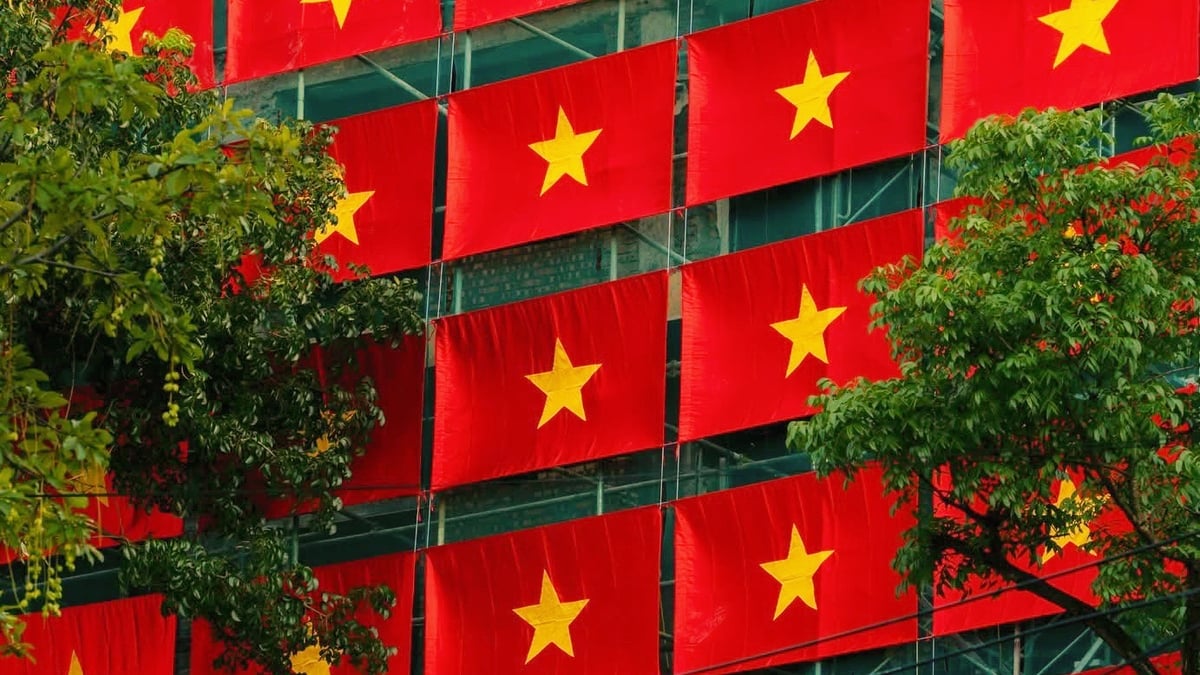
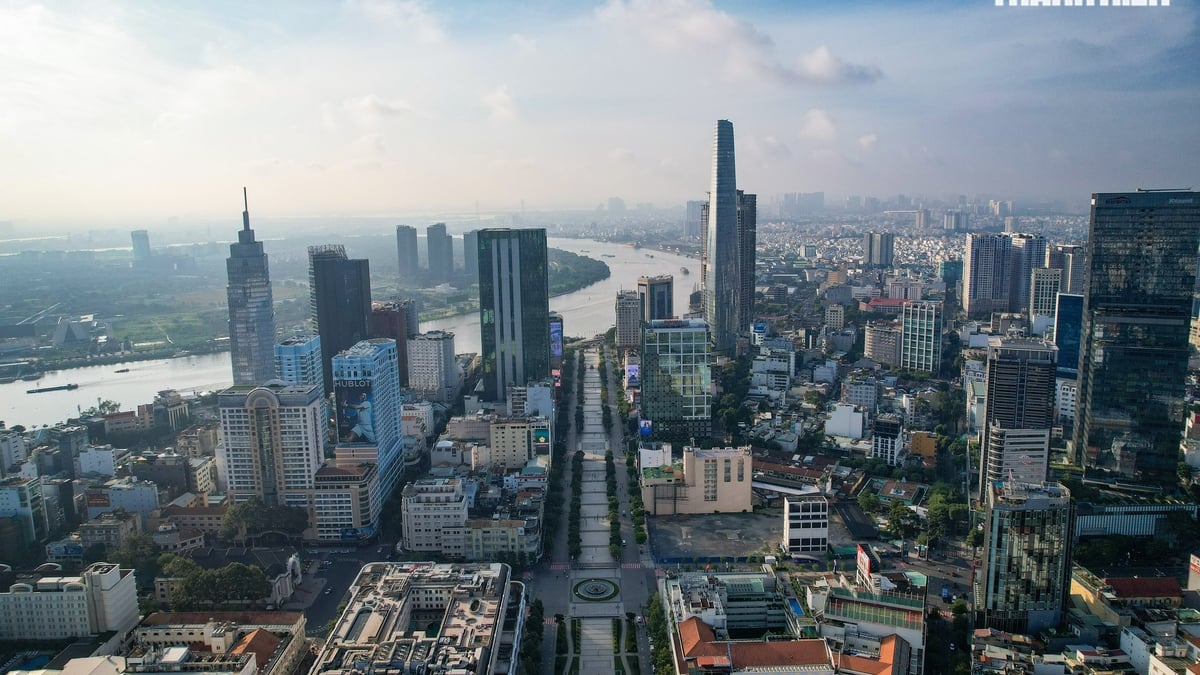
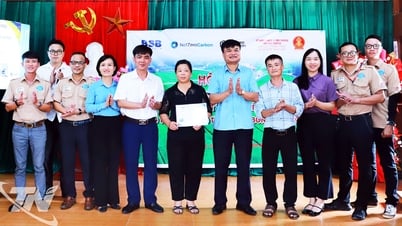

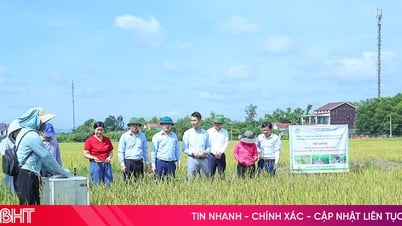

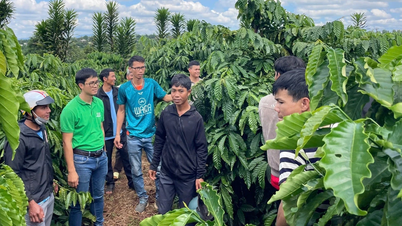



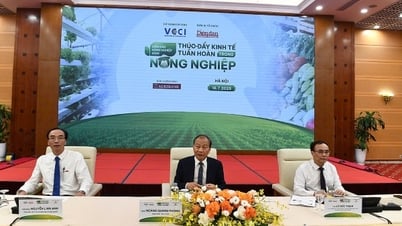


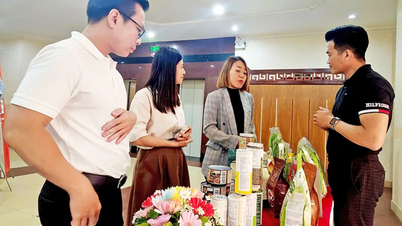



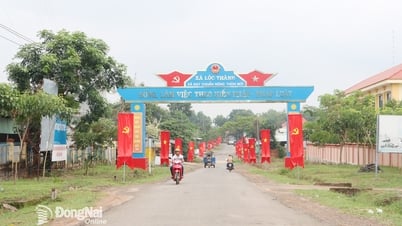
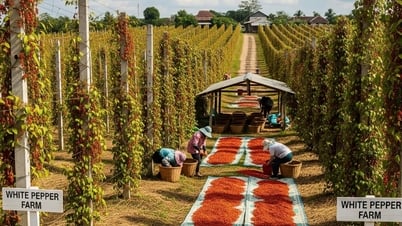



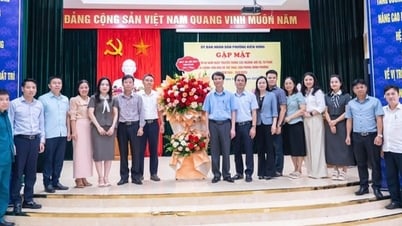




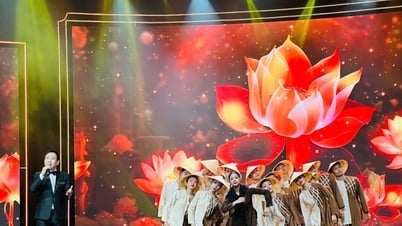
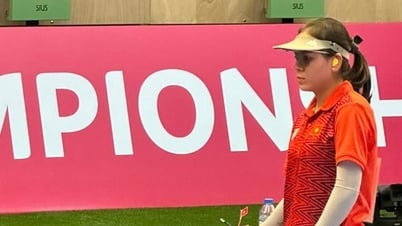
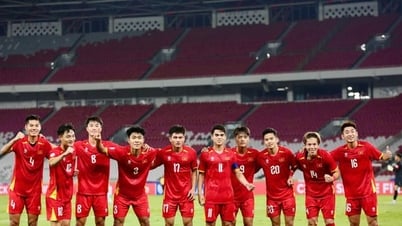


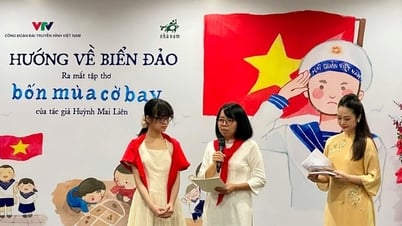
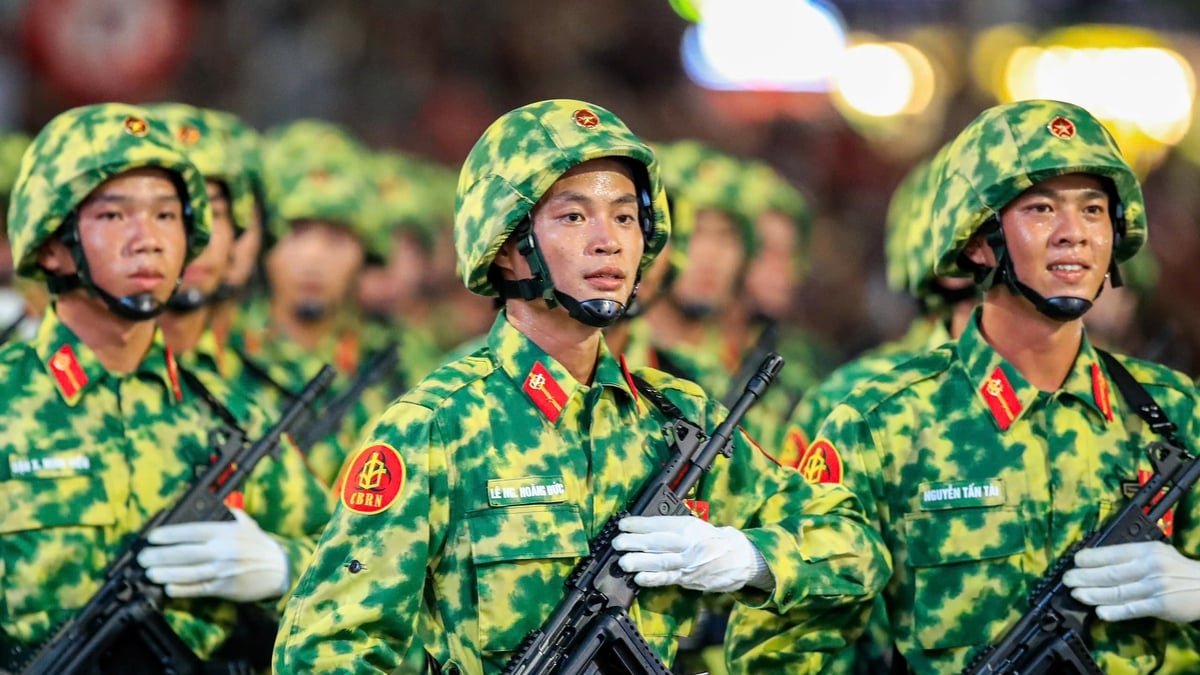





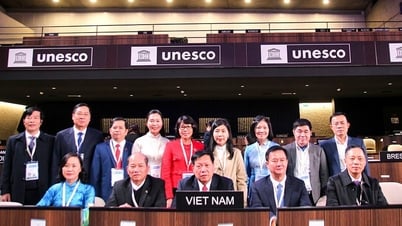
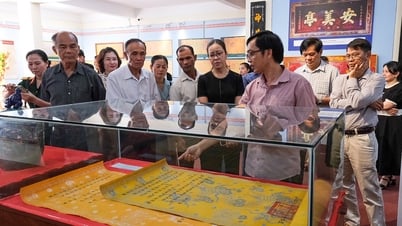
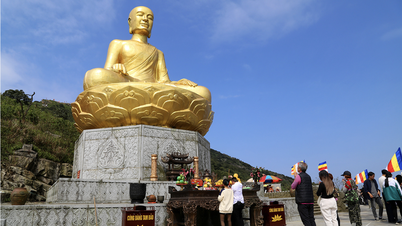

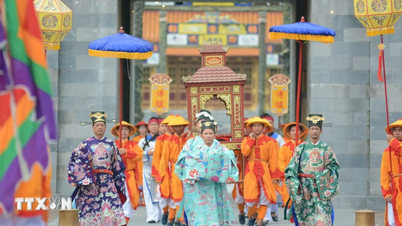







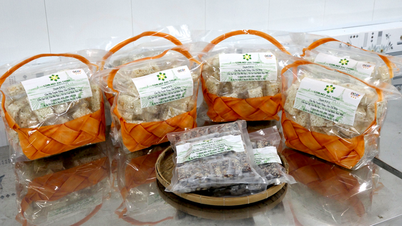


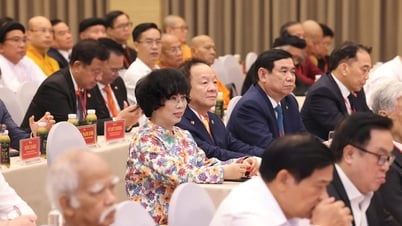

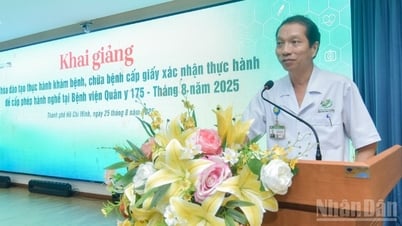

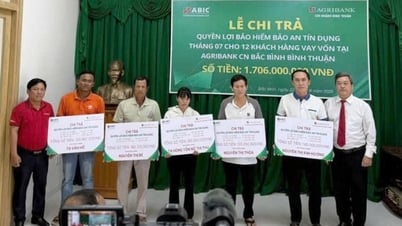


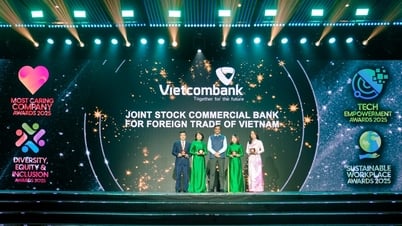
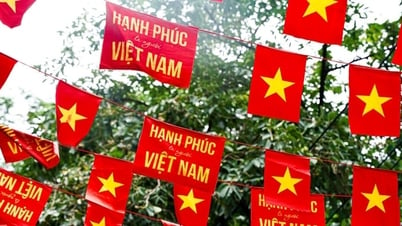
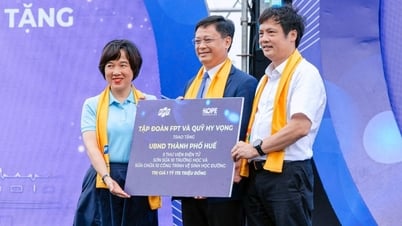

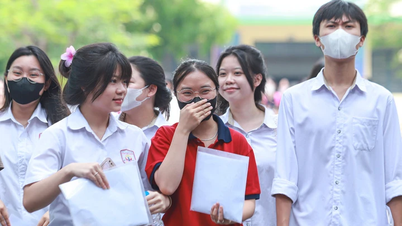
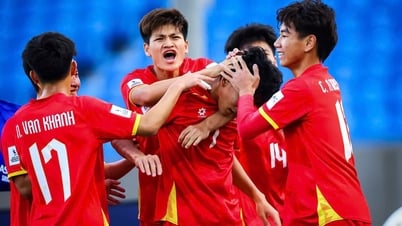

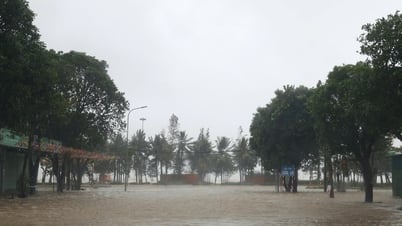

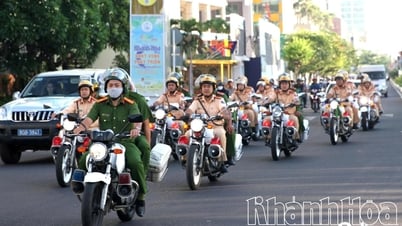

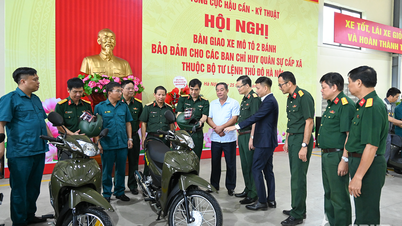
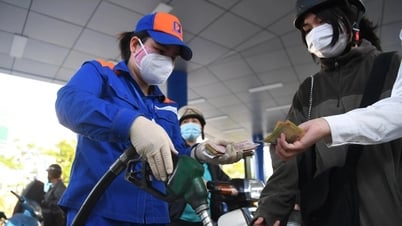
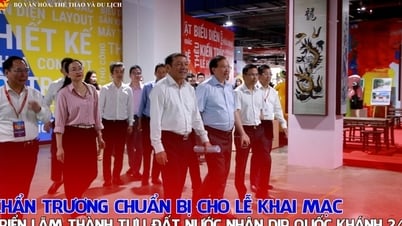

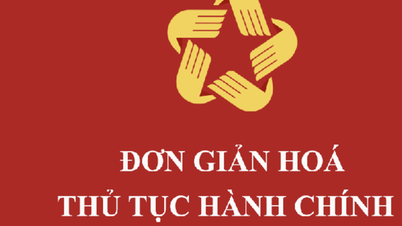
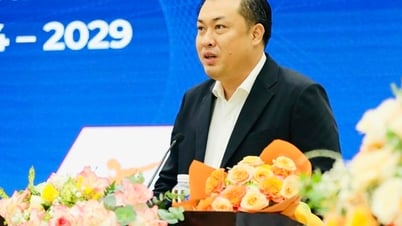

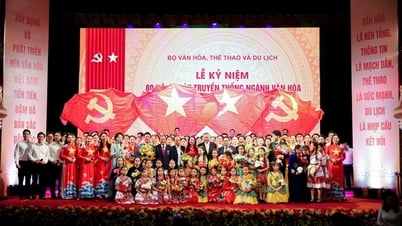
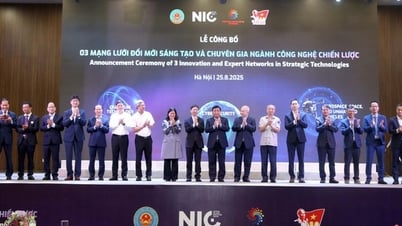

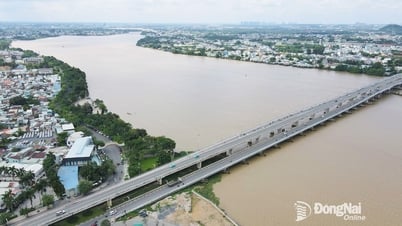



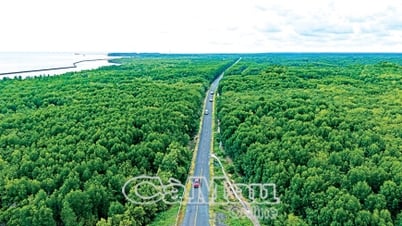
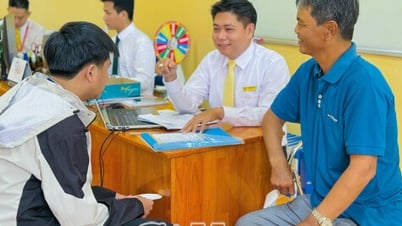



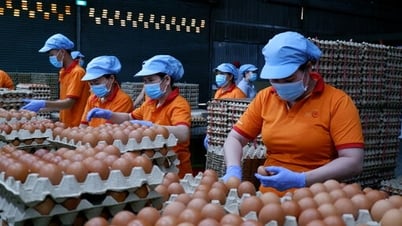

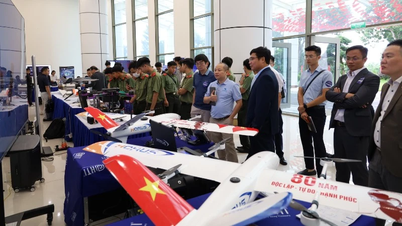

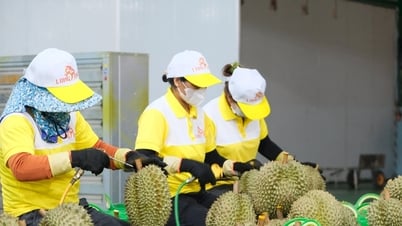


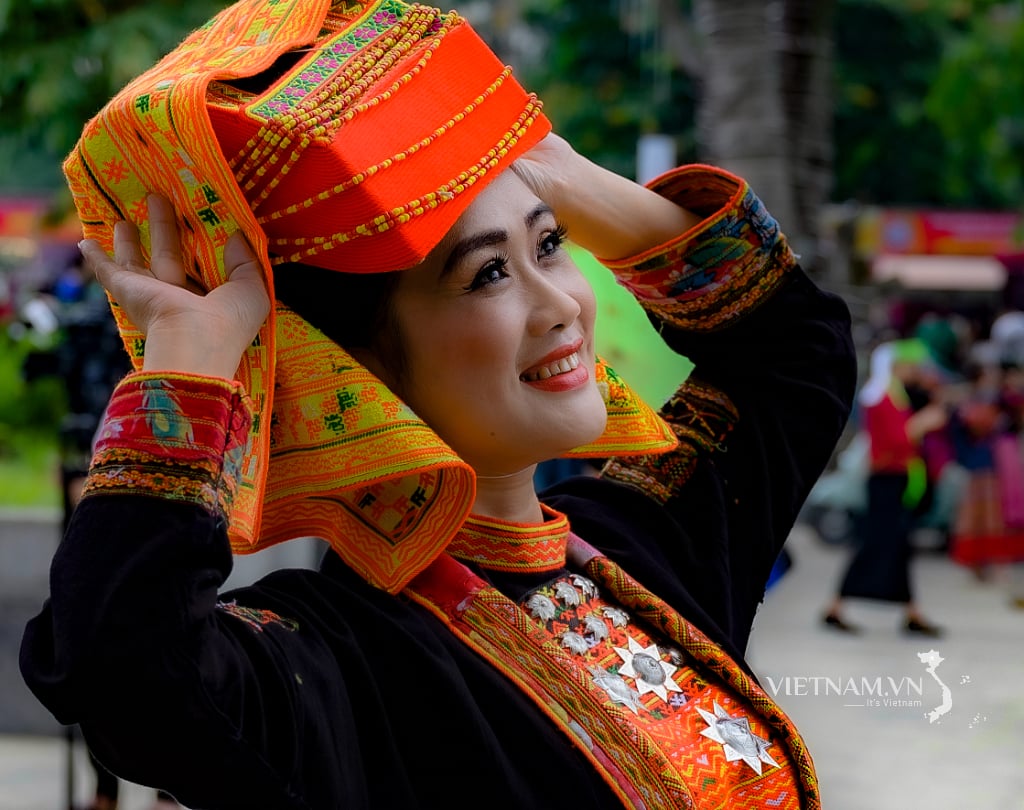
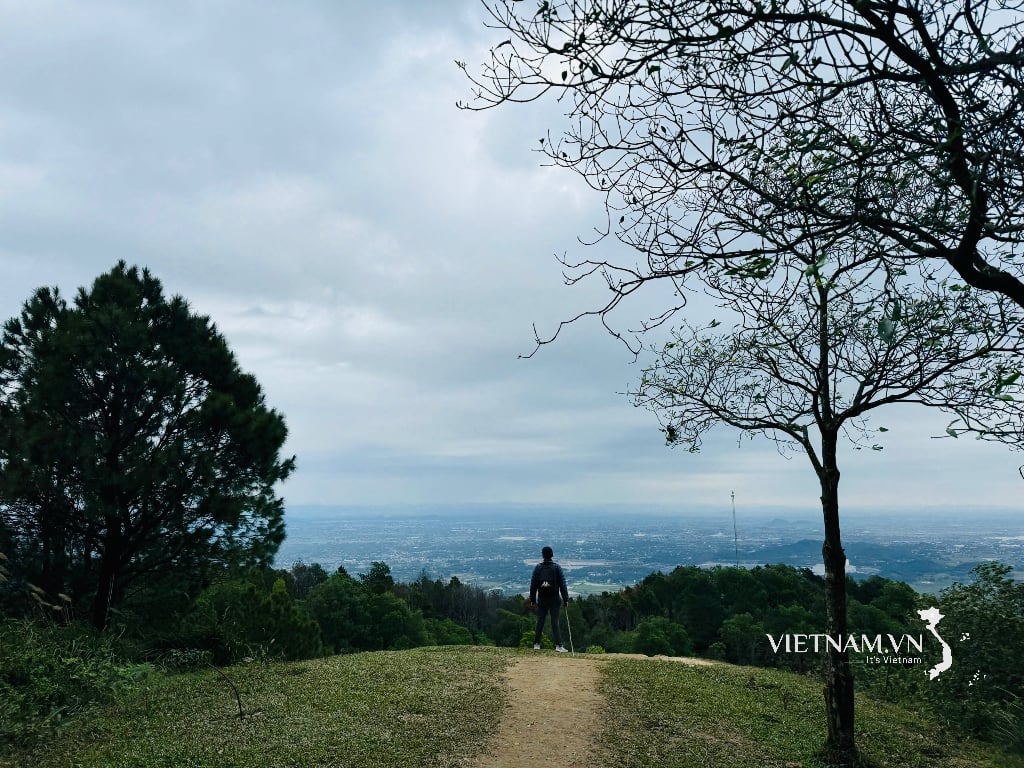


Comment (0)